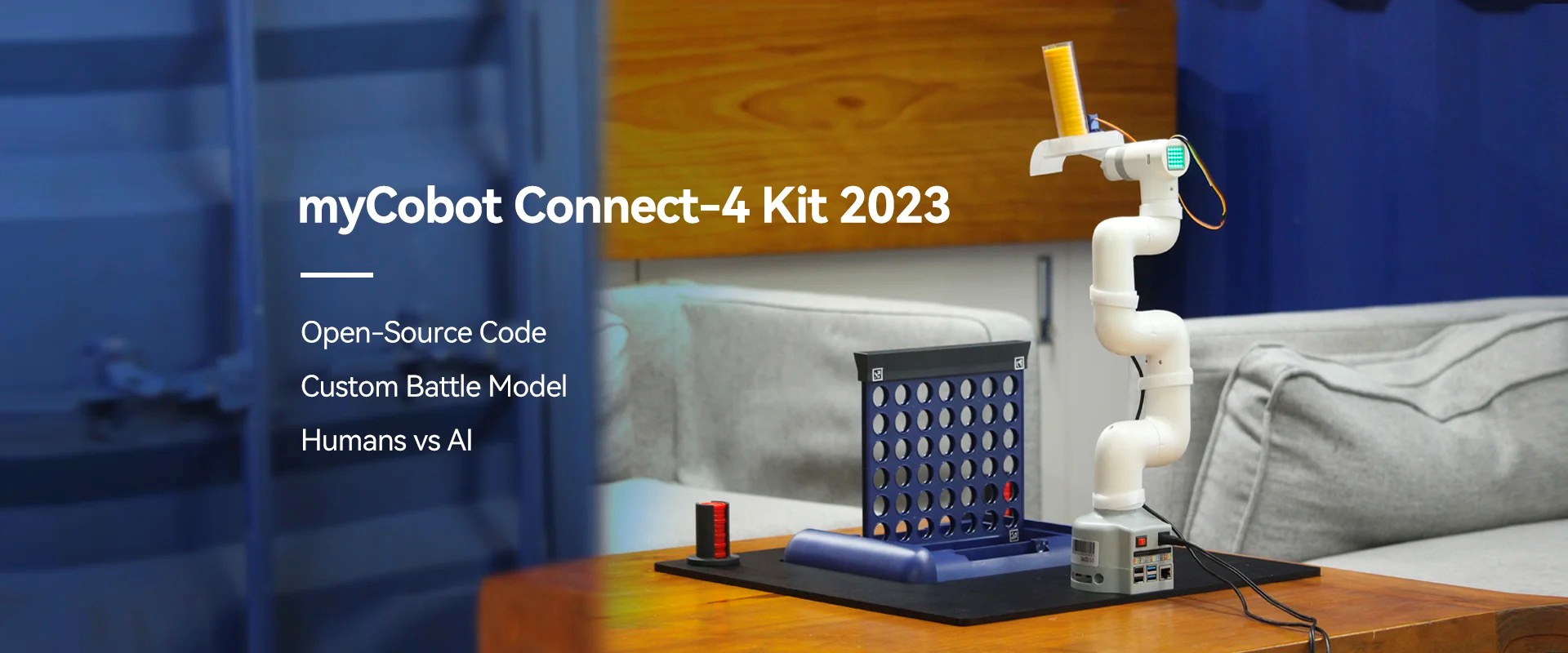Connect Four Suite Documentation
The Automated Connect Four Gaming System is an innovative project based on robotic arm, artificial intelligence, and computer vision technologies. The system utilizes Python as the primary development language, employs MyCobot 280 as the robotic arm, employs a DQN network trained with PyTorch as the artificial intelligence model, and utilizes OpenCV for computer vision processing.

Features:
High automation: The system utilizes computer vision technology to detect and analyze the state of the game board in real-time, combined with artificial intelligence algorithms for decision-making, achieving a fully automated Connect Four gaming experience.
Accurate robotic arm control: MyCobot 280 provides precise positioning and movement capabilities, ensuring accurate placement of game pieces on the game board. Powerful artificial intelligence: By adopting a deep reinforcement learning-based DQN network, the system continuously optimizes its strategy through training and feedback, effectively dealing with various game scenarios.
Real-time computer vision processing: OpenCV is used for real-time recognition and state analysis of the game board, providing accurate target positions and guidance for the robotic arm's control.
Advantages:
- Excellent performance: By combining robotic arm, artificial intelligence, and computer vision technologies, the system achieves highly accurate and intelligent Connect Four gaming. Scalability: The project is developed using Python, providing flexibility for further optimization and expansion into similar board games.
- User-friendly interface: The system is equipped with an intuitive visualization interface, displaying the current game state and the robot's decision-making process, enhancing user understanding and engagement.
Applications:
- Entertainment and leisure: Users can engage in human-machine gaming with the robotic arm, enjoying the fun of intellectual games.
- Scientific research: The project provides an experimental platform for research in artificial intelligence, robotics, and computer vision fields.
- Education and training: The system can serve as a teaching tool, aiding students in understanding and learning artificial intelligence and computer vision technologies.